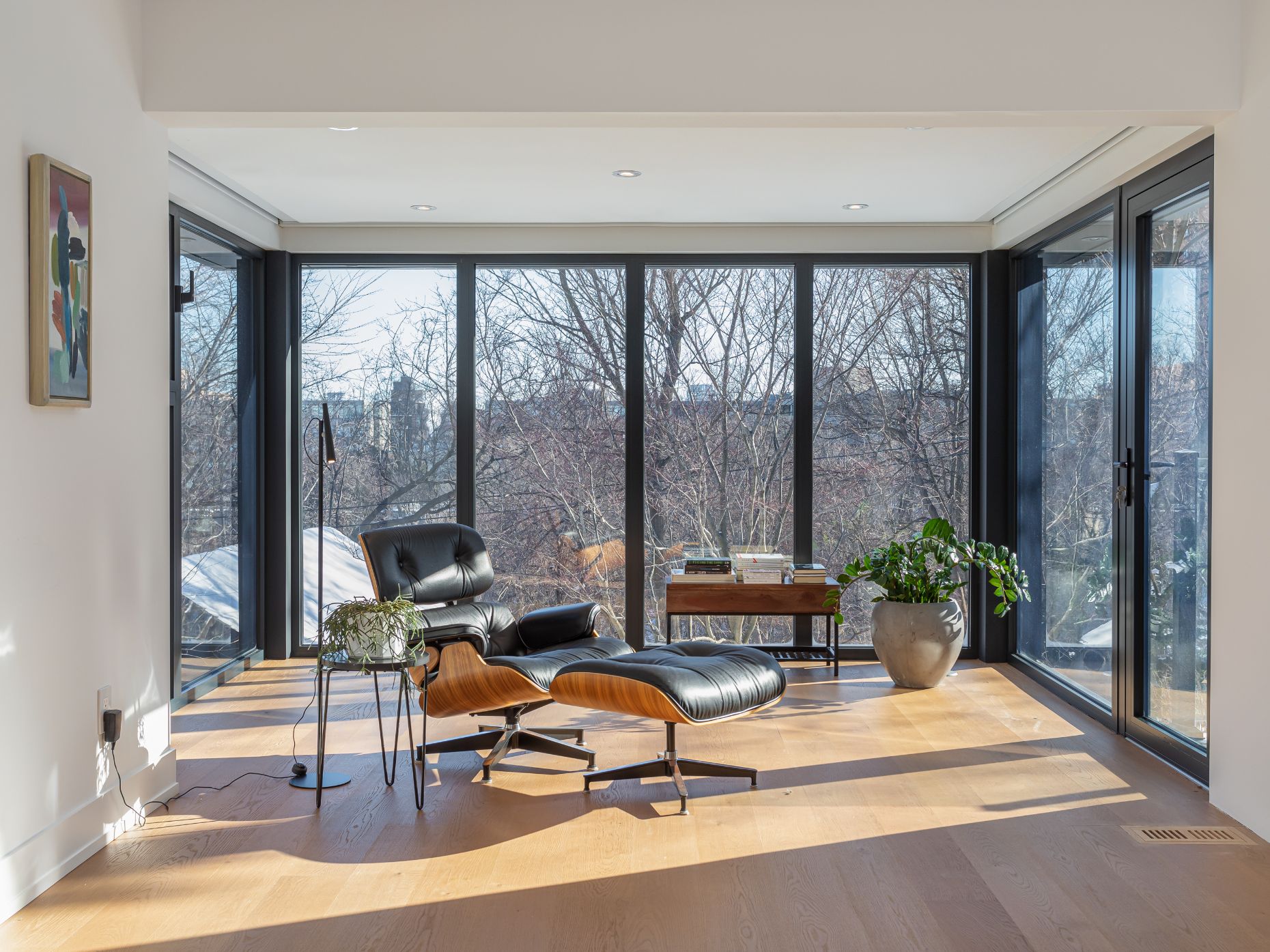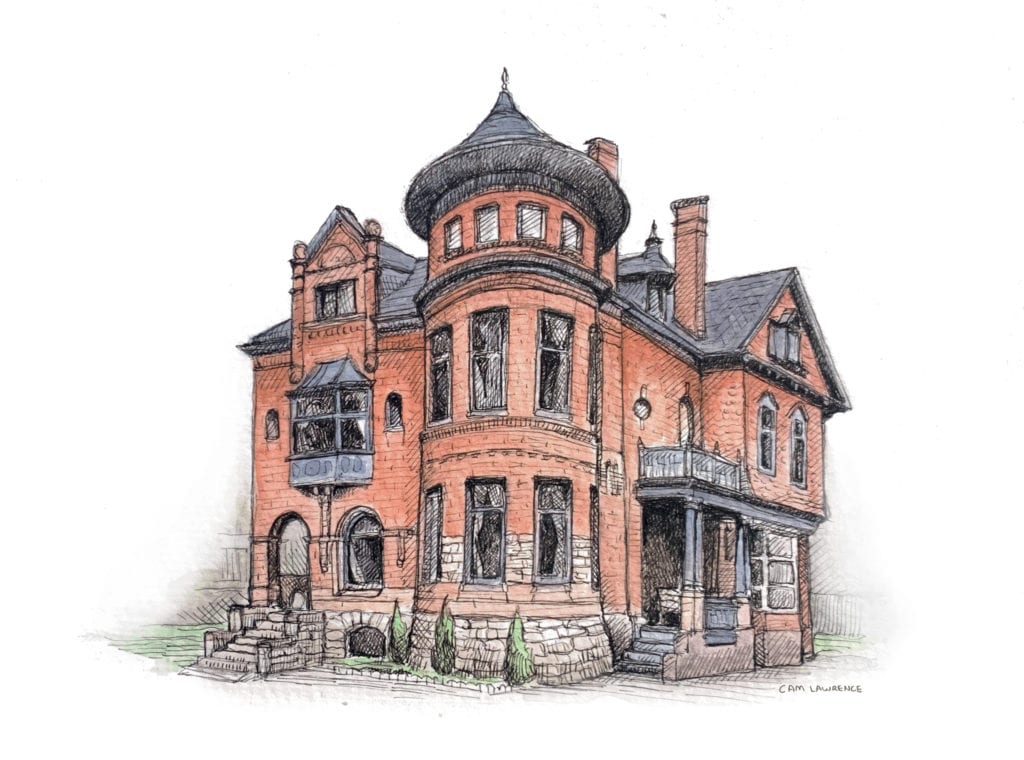
As a follow up to my Toronto Then and Now series, my new series of bi-monthly blog posts continues, where I’ll focus on many different architectural styles that can be found around the city of Toronto. Going in chronological order, this second post is on Gothic architecture.
Time Period
Originally: 1150–1500 / Revival: 1800–early 1900s
History
Gothic architecture grew organically out of the previous style we explored, Romanesque. There is a gradual transition of the two styles, certain elements of Romanesque architecture gave way to ones more characteristic of Gothic architecture. For example, the round, decorative arches found in Romanesque buildings were set aside in favour of a distinct pointed arch, and the wall structure of Gothic buildings are thinner, rather than the thick, solid walls of Romanesque buildings.
Notable Features
Ribbed vaulted ceilings (the ceiling often looks like a web), flying buttresses (an arch that extends out from the upper part of a wall and connects to a pier for support), clustered columns, pointed arches, rose windows (large round windows with spokes that are in the shape of petals), and highly decorative door tympana (semi-circle over a door). A strong emphasis on vertical elements and allowing light to filter in through multiple windows are also characteristics found in Gothic architecture. Some common elements found in residential buildings aside from the pointed arches are porches, dormers, steep roofs, and roof gables with bargeboard (decorative “gingerbread house” trim).
Similar to
Romanesque, Bay-and-Gable
Where to find
Like Art Deco, there are few buildings that really encompass the style, most just draw influence. A good example of a (formerly residential) building in Toronto is Casa Loma. Hart House in the University of Toronto is another one. It’s very commonly found in churches, for example: Metropolitan United Church, St. James Cathedral, Timothy Eaton Memorial Church, and Grace Church-on-the-Hill. Most private residences obviously don’t have the room for flying buttresses and grand rose windows, but you can find the hallmark pointed arch, as well as the bargeboard, dormers, and steep roofs with gables.
Neighbourhoods
Cabbagetown – so named by Toronto’s prosperous British residents who disapproved of the cabbages and other vegetables grown in the front yards of the Irish immigrants who had escaped famine in Ireland in the 1840s.
Streets
Amelia Street, Sumach Street (named for the sumach trees that were once abundant in this area).
Drawing by Cameron Lawrence @cam.lawrence_art, property on Sumach Street which was built in 1866.


